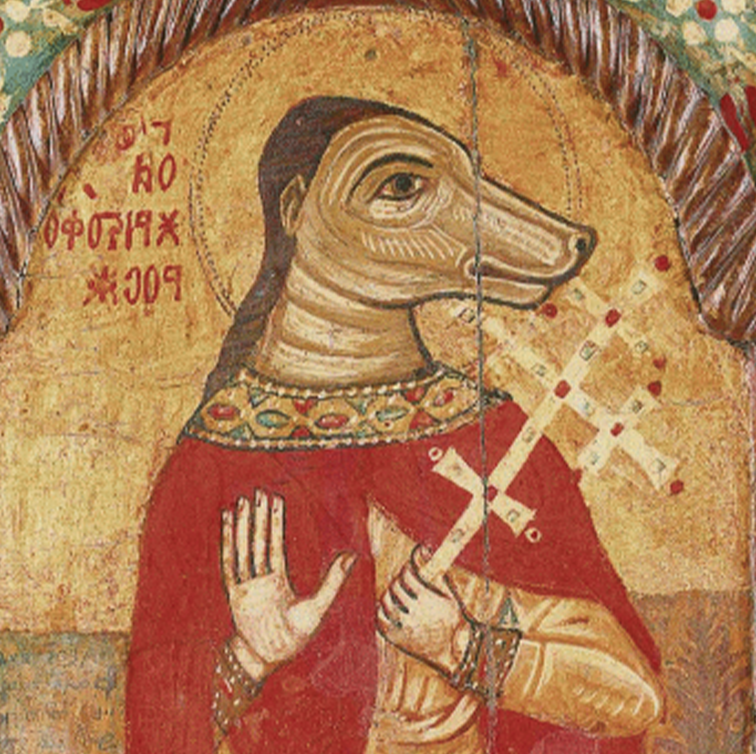Not werewolves, dog men.
This one slipped past me for a long time. Then a friend went to Michigan and came back talking about a cryptid up there call the Dogman. At first, I was not that interested. It felt like an uninspired attempt by a small town to grab some tourism.
The thing is, once something is on your radar you will start to see it.
Sine then I have seen multiple references to dog men, and come to find out they have been documented back to early Greek civilization.
For fun, look up pictures of baboons. That will make it clear how they could have been imagined…or if you imagine a little yourself that may be an evolutionary path for dog men to exist.
Here is a bit more background on them.
The concept of Cynocephali, or dog-headed men, has a long history in various mythologies and folklore around the world. In Greek mythology, Cynocephali were described as creatures with the body of a human and the head of a dog. They were often depicted as fierce warriors and were believed to inhabit distant lands.
One of the earliest references to Cynocephali can be found in the writings of the ancient Greek historian Herodotus, who mentioned them in his work “Histories.” Herodotus described them as a tribe of people living beyond the borders of Egypt, in a land known as “the Land of the Cynocephali.” However, it’s important to note that Herodotus himself never claimed to have seen these creatures firsthand, and his accounts were often based on hearsay and folklore.
The legend of the Cynocephali persisted through the Middle Ages and into the Renaissance period, where they continued to be depicted in various works of art and literature. In Christian mythology, there are connections between Cynocephali and the story of Saint Christopher.
Saint Christopher, also known as Christopher of Lycia, is one of the most popular saints in Christian tradition. According to legend, he was a giant who served as a ferryman, carrying travelers across a river. The most famous aspect of his story is his encounter with the Christ child, whom he carried on his shoulders across the river. This story is often depicted in art, with Saint Christopher depicted as a giant figure with the head of a dog.
The association of Saint Christopher with a dog-headed figure likely stems from a mistranslation or misinterpretation of the word “Cynocephalus,” which can refer to both a dog-headed creature and a particular species of fig tree. Over time, the legend of Saint Christopher became intertwined with the imagery of the Cynocephali, leading to his depiction as a dog-headed figure in some artistic representations.
In more recent times, the legend of the Cynocephali has taken on new forms in popular culture. One example is the “Michigan Dogman,” a creature from folklore said to inhabit the forests of Michigan, USA. Descriptions of the Michigan Dogman vary, but it is often described as a creature with the body of a man and the head of a dog, similar to the traditional Cynocephali. The legend of the Michigan Dogman has inspired songs, books, and even a documentary film, becoming a modern-day manifestation of the age-old myth of the dog-headed man.
Overall, the history of Cynocephali and dog-headed men is a fascinating blend of ancient mythology, religious symbolism, and modern folklore, reflecting humanity’s enduring fascination with the mysterious and the fantastical.


